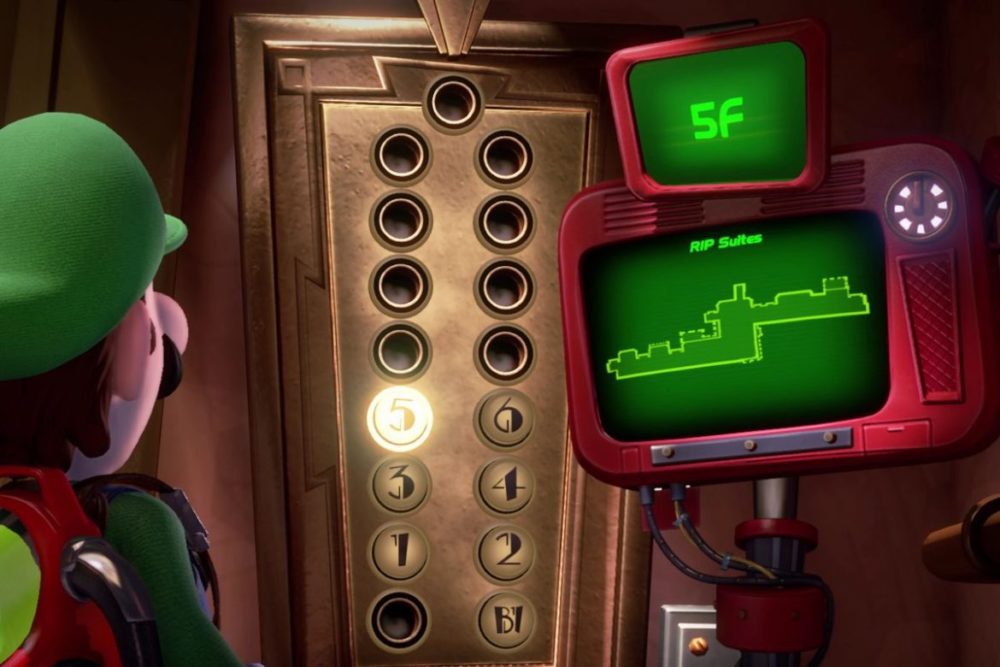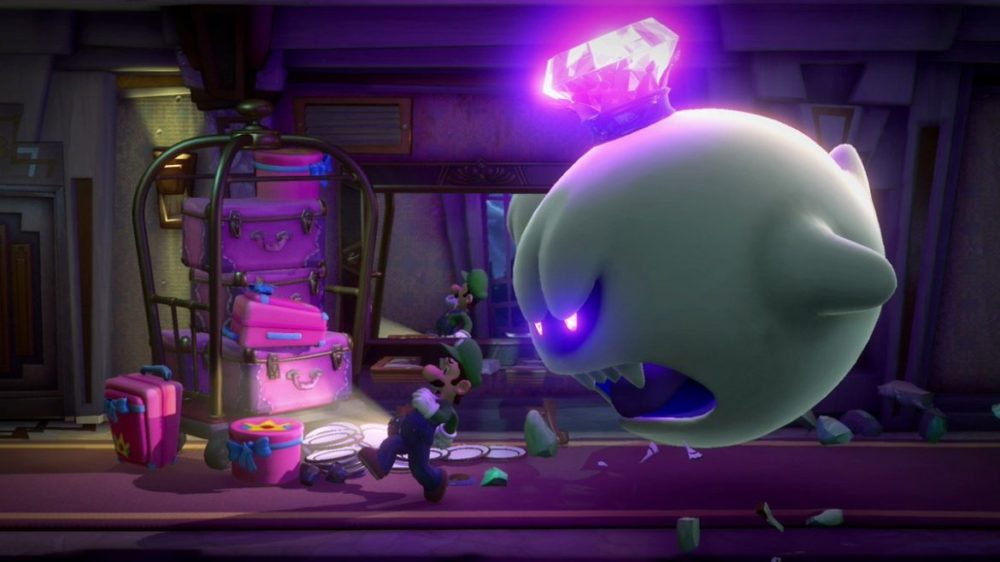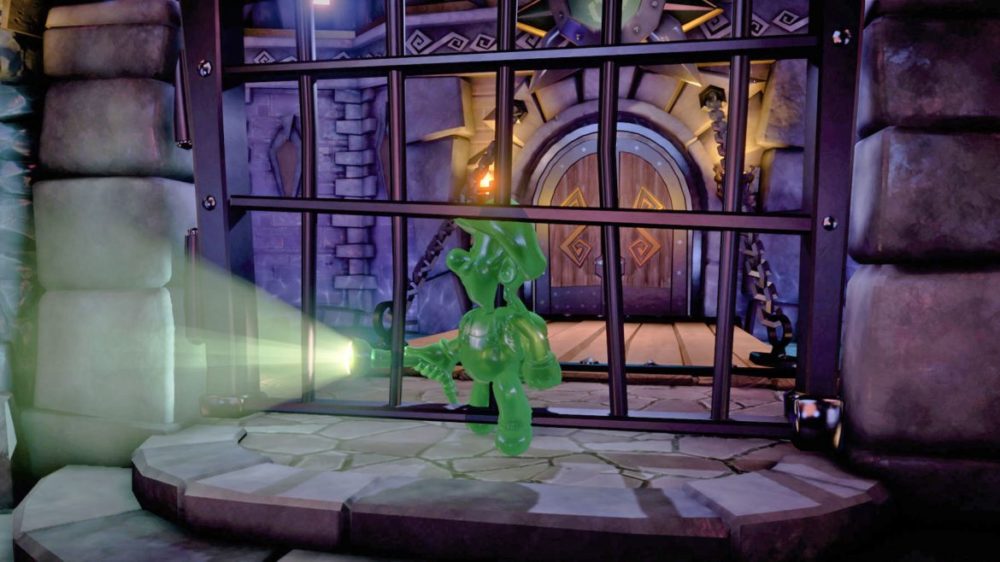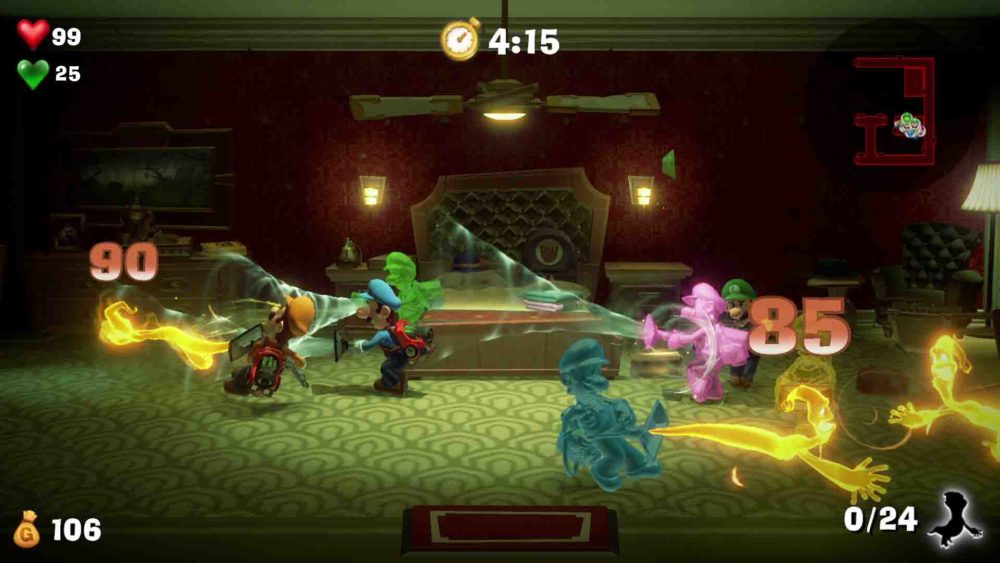TL;DR
Luigi's Mansion 3 is a triumphant return to form for the beloved series, delivering polished gameplay and stunning visuals that push the Nintendo Switch hardware. Players will explore a haunted hotel, capture ghosts with the versatile Poltergust, and solve puzzles with the new Gooigi character. While not as groundbreaking as Mario Odyssey, it offers a highly engaging experience with excellent controls and impressive presentation, reminiscent of the GameCube original. Minor control quirks and a lower difficulty aren't enough to detract from this exceptionally fun and technically brilliant title. If you love polished, charming adventures, you absolutely need to read the full review!
Luigi’s Mansion 3 exemplifies Nintendo’s commitment to high-quality game development. With a recognized industry-leading QA team, Nintendo prioritizes polish and stability in its first-party titles. While their release cadence may be less frequent than some other studios, their games consistently achieve a high baseline of quality, minimizing post-launch bugs. The technical achievements on the Switch’s hardware are often remarkable. Let’s delve into the specifics.

The Mushroom Kingdom crew is on vacation, en route to a secluded luxury hotel via bus. Mario, Luigi (accompanied by Polterpup), Toad, Princess Peach, and several Toadettes have accepted an invitation from Hellen Gravely for a complimentary getaway. However, the idyllic setting quickly transforms into a nightmare. On their first night, the majority of the group is imprisoned within magical paintings by the hostess and King Boo, who has once again escaped Professor E. Gadd’s containment. Consequently, Luigi must once again don his Poltergust and flashlight to rectify the situation.
Luigi’s Mansion (2001) remains a fondly remembered title from the Nintendo GameCube era. It has been nearly two decades since we last played the original. The Luigi’s Mansion remaster for the 3DS was a somewhat underwhelming experience (by Nintendo’s standards), due to the hardware limitations and control compromises. Luigi’s Mansion 2: Dark Moon introduced novel mechanics, also on the 3DS. We eagerly anticipate potential Switch remasters of both. We are pleased to report that Luigi’s Mansion 3 marks a return to the series’ peak form, reminiscent of the GameCube original. It preserves the core gameplay, expands upon it with new mechanics and a larger, more explorable world, and delivers a visually and aurally impressive presentation.

The Switch is a versatile hybrid console, offering both portable and docked play. However, its technical capabilities are comparatively modest. Ports to the Switch often require compromises in visual fidelity or scope, and the Switch version is not always the definitive edition of multiplatform titles. This limitation doesn’t generally apply to Nintendo’s first-party games. Consider Super Mario Odyssey as an example of the magic that can be achieved on this hardware. Nintendo, with Luigi’s Mansion 3, has done it again. Credit is also due to Next Level Games, the Canadian developer responsible for several acclaimed Nintendo titles, including Dark Moon and Punch-Out!! for Wii. While not as expansive or groundbreaking as Mario Odyssey, Luigi’s Mansion 3 offers a polished and engaging experience within its specific genre.

The game’s visuals and sound design are impressive. The transition between cutscenes and gameplay is seamless. The resolution is sharp, while not native 4K, the image remains crisp and visually appealing. The utilization of lighting, particle effects, and ghostly apparitions contribute to a highly stylized aesthetic, resembling an interactive cartoon. In terms of presentation, Luigi’s Mansion 3 rivals other triple-A titles on more powerful consoles.
The core gameplay hinges on responsive controls and satisfying mechanics. Fortunately, the controls are well-implemented. Hunting ghosts, identifying their vulnerabilities, and employing strategic maneuvers to capture them with the Poltergust is both enjoyable and rewarding. The interactive environments allow for manipulation via suction, blowing, and Luigi’s new burst move. Gooigi, Professor E. Gadd’s latest invention, offers a unique gameplay element. This gelatinous version of Luigi can navigate narrow passageways, adding a layer of puzzle-solving to the exploration. Alternating between Luigi and Gooigi allows for innovative problem-solving.

Are there any drawbacks? Minor ones. The difficulty may be perceived as low for players seeking a significant challenge, although Professor E. Gadd’s hints can be disabled. The controls, while generally robust, can occasionally feel slightly cumbersome when requiring simultaneous movement and flashlight manipulation. The suction cup mechanic, while useful, can sometimes be finicky to deploy accurately. However, these are minor criticisms within the context of the overall experience.
A perfect 10/10, on par with The Witcher 3? Not quite. Luigi’s Mansion 3 is not an immortal classic in the vein of The Witcher 3, nor a generation-defining title like Super Mario Odyssey. However, it represents the pinnacle of a series that has entertained players for two decades, achieving a level of polish and refinement within its genre. It also stands as one of the most visually impressive titles on the Switch. Fundamentally, it is an exceptionally fun and immersive game, exhibiting technical excellence. These factors warrant a high recommendation. If you appreciate these qualities, Luigi’s Mansion 3 is highly recommended.

